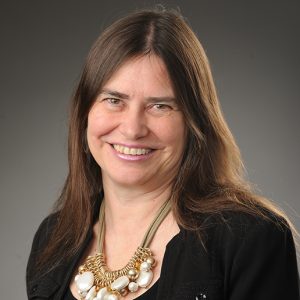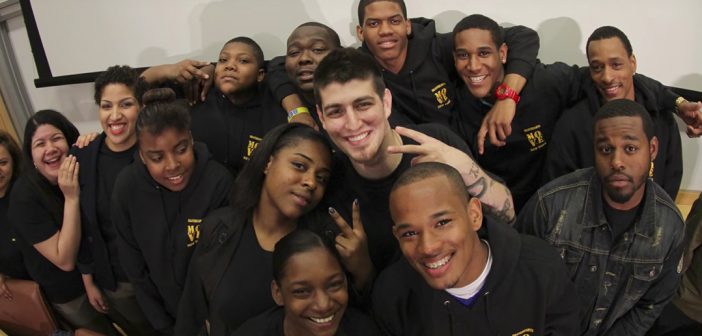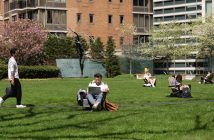The center, part of Fordham’s Graduate School of Social Service (GSS), will evaluate a model used by Westchester Building Futures, under a grant awarded to reduce the risk of homelessness for foster care youth. Fordham’s National Center for Social Work Trauma Education and Workforce Development will also receive some funding.

Janna Heyman
Over the course of three years, GSS researchers will evaluate several components of the program’s work with homeless youth, including outreach, education, employment opportunities, and connections with families and support systems. The Fordham research team will also evaluate a network of peer-to-peer “navigators,” foster care teens that help other teens navigate the social service system.
“Sometimes youth don’t feel that the professionals understand them,” said Janna Heyman, PhD, professor of social work and chair of the center. “Having a young person that can say ‘I’ve been there’ and who can help connect them to professional support and guidance makes a big difference.”
Heyman said that the peer-to-peer network also brings the young people’s voice into the process. From that partnership, young people will get emotional and social support and hopefully gain access to other resources, such as housing.
The Ravazzin Center has spent the past two years evaluating how Westchester County helps its foster care youth, said Heyman. Its research revealed a gap in communications that has led to instituting the peer-to-peer approach.
She said the previous research also helped identify factors that lead to homelessness, such as the number of times a child was moved from home to home.
“Now, we identify the youth that have been moved several times and understand that’s when we should bring in peer-to-peer navigators and professionals to further support them,” she said.
The next three years will be devoted to setting the program up and evaluating its various components—from education, to housing, to peer-to-peer programming.
“We’ll be keeping an eye on how this model will work,” said Heyman, who is the principal investigator on the study.



